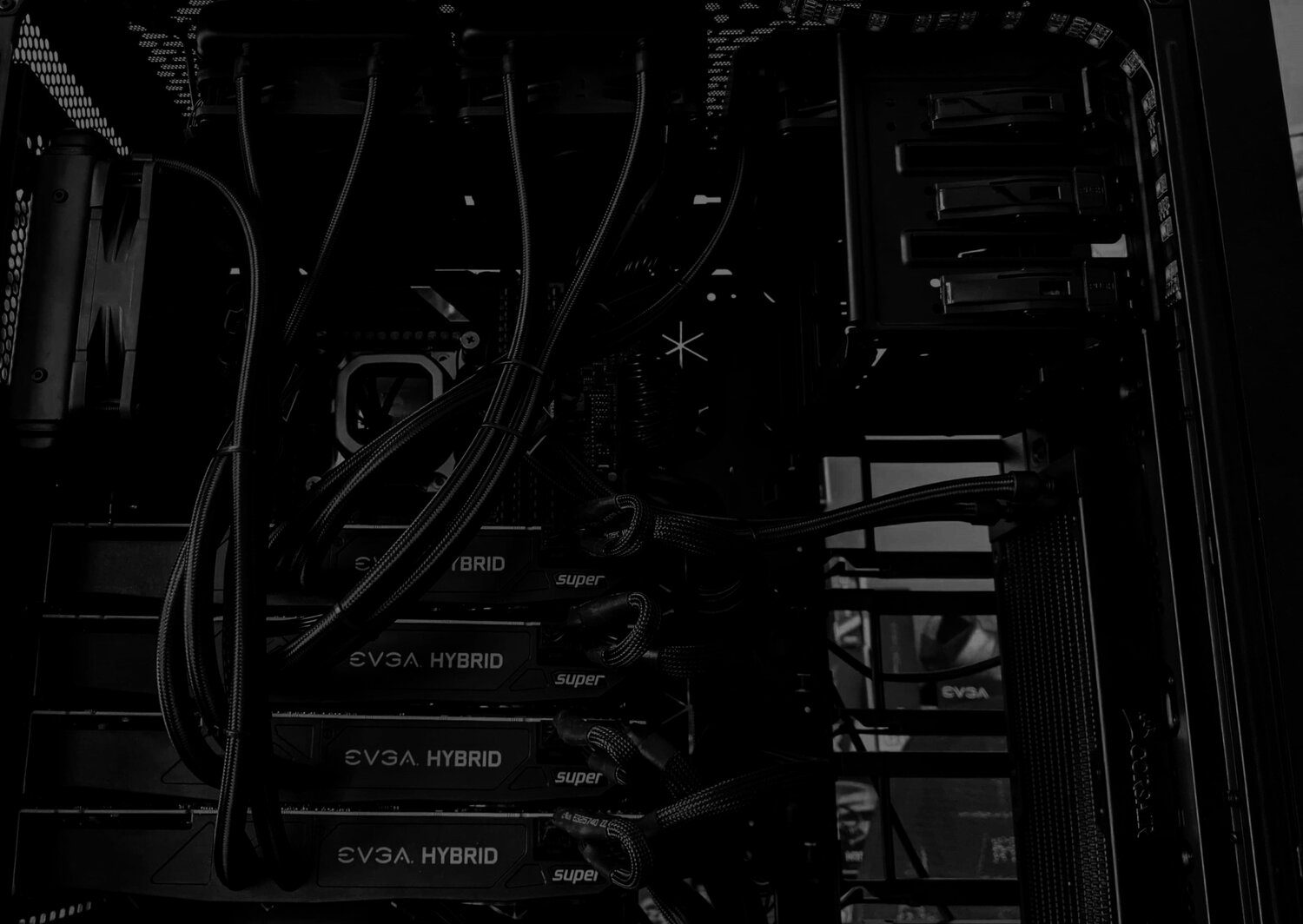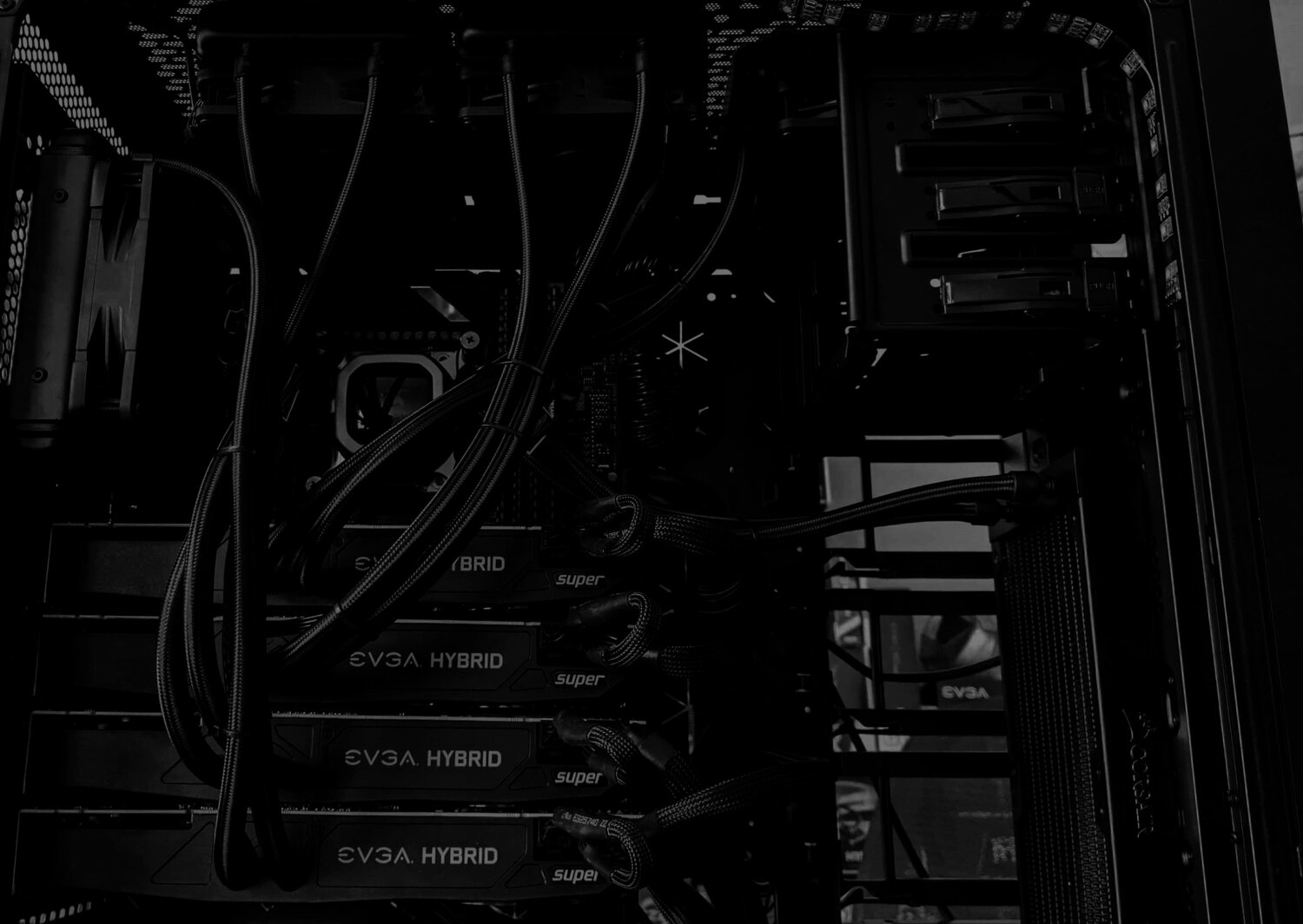
[ad_1]

The Risk of AIOs (and Water Cooling overall)
With water cooling, you are reliant on every part in the system working as it should, in order to have a functional cooling system. The blocks need to not clog, the radiators need to not leak, the fittings need to remain watertight, and the pump needs to remain powered.
If any one of these things fail, you generally have a big problem pretty quick (overheating).
This means the heat isn’t moved away from the source, and the cold water isn’t moved in to absorb the heat. You generally have an automatic thermal shutdown in a few seconds when that happens. Not necessarily good for a production workstation.
If the radiator leaks, you’ll be losing coolant. While not an immediate issue on a big loop with a big reservoir, AIOs don’t have a reservoir, and thus a radiator leak is an issue. If the fittings leak, you have a geyser. Water cools great…but only when it’s contained. Water and a powered up motherboard do not mix well.
Actually, water and electricity mix very well, but that’s not what you want. AIOs don’t have fittings, so to speak, but you get the point.
[ad_2]
Source link






